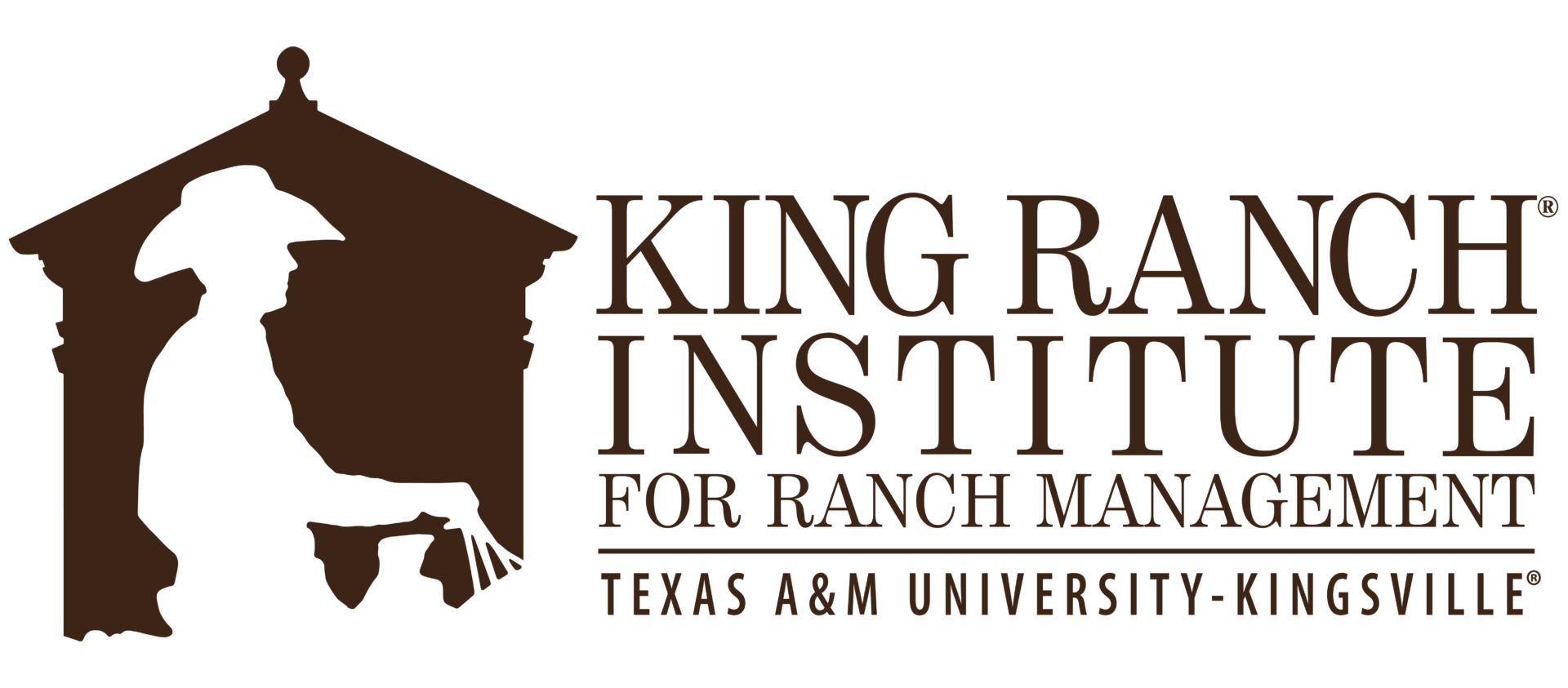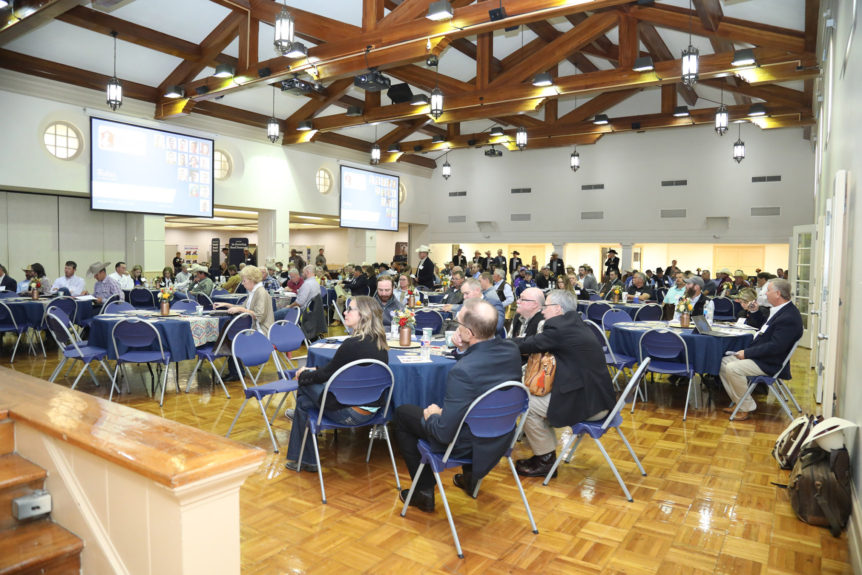FOR IMMEDIATE RELEASE
Beef Marketing, Consumers, Technology, and Opportunities Discussed at Ranch Management Symposium
Kingsville, Texas (Oct. 29, 2019)—A detailed look into the changing consumer, worldwide beef consumption, technology, and more was discussed at the 16th Annual Holt Cat® Symposium on Excellence in Ranch Management in Kingsville, Texas, Oct. 17-18, 2019. Professionals spanning the beef industry offered their knowledge to more than 200 ranchers and landowners from 16 states at the symposium, The Future of Beef Marketing: Technology and the Changing Consumer.
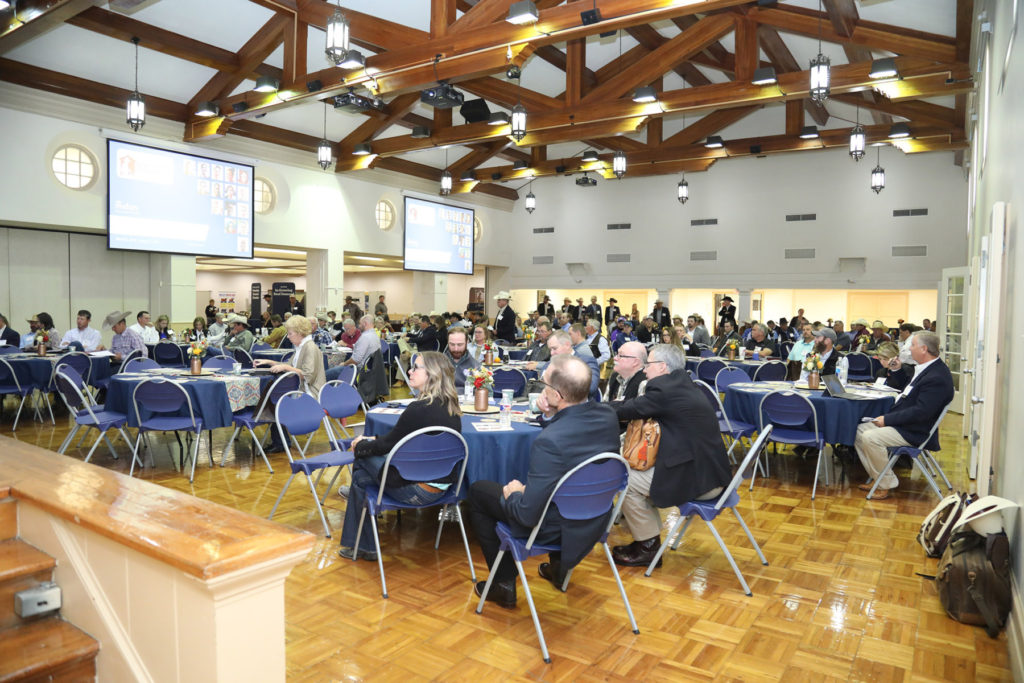
The keynote address was delivered by Michael Uetz, Managing Principle of Midan Marketing. He broke down the different generations that make up today’s consumers and influencers. Where once the beef industry distributed the product and assumed consumers (baby boomer generation) would purchase it, now beef producers must meet the demands of a generation with higher expectations. Today’s consumers want more transparency on how food is raised, handled, and processed. A new category of meat eaters, explained Uetz, are the “Flexitarians,” those who follow vegetarian preferences yet still enjoy animal products in moderation. About one third of these consumers, said Uetz, claim vegetable/plant-based protein as their main dish, more than four times greater than the general meat eater. Uetz concluded with an explanation of the powerful impact that plant-based and new competitors have in their story telling and urged those in attendance to share their passions for environmental stewardship and pursuit of a safe, healthy, wholesome food supply.
Leann Saunders of Where Food Comes From, Inc. took the reins explaining blockchain technology and how this could help consumers feel more connected with the food they purchase. Consumers expect traceability and are demonstrating their willingness to pay for food that is traceable back to the point of production. Animal identification is currently a voluntary process. Saunders expects participation to grow as animal protein producers gain confidence in the value-adding opportunity.
Russell Cross, PhD, professor at Texas A&M University, broke down the details and influence of “fake meats” as a new competitor in the meat case. As the task of feeding the growing population of the world by 2050 continues to be a driving force behind the industry, Cross explains that it will be achieved through animals, plants, and technology. Fake meats are making a splash, which include plant-based meat varieties and cell cultured products. Defending the word “meat” will be critical for the success as an industry, said Cross, making certain that nothing but the facts are presented to consumers.

Kent Bacus of the National Cattlemen’s Beef Association turned the focus to global trade policy and foreign consumers. In 2018, said Bacus, global beef exports were valued at $8.33 billion, breaking 2017’s record by $1.1 billion. Bacus explained that trade agreements are important because foreign customers want beef, and our competitors are fighting for market share. The benefits of such agreements are apparent through the success story of KORUS, the Korea-US Trade Agreement. Prior to KORUS, US beef in Korea faced a 40% tariff. With U.S. beef facing politically motivated and non-science based restrictions, it was second behind Australian beef. After the trade agreement, tariffs will be phased to zero over 15 years and U.S. beef has now surpassed Australian beef. Korea holds the spot as the second largest export market for U.S. beef with increased beef sales of 82% from 2012-2017.
CattleFax CEO Randy Blach discussed the impact of the global market on US beef. Currently, export markets contribute over $300 toward the value of every fed steer and heifer. Globally, the middle class is growing rapidly and will add more animal protein to their diet as they gain affluence. He added this sobering fact – four percent of the world’s population lives in the US, so export customers are the future of our business. He reminded attendees that beef cannot compete in the commodity game, but rather should focus on its quality attributes: taste, tenderness and nutrition.
The day concluded with a social and prime rib dinner where 13 individuals were recognized for earning their Texas Farm Credit Certificate in Advanced Ranch Management. Dr. Mark Hussey, President of Texas A&M-Kingsville, spoke to the symposium dinner crowd about the future of agriculture in higher education.
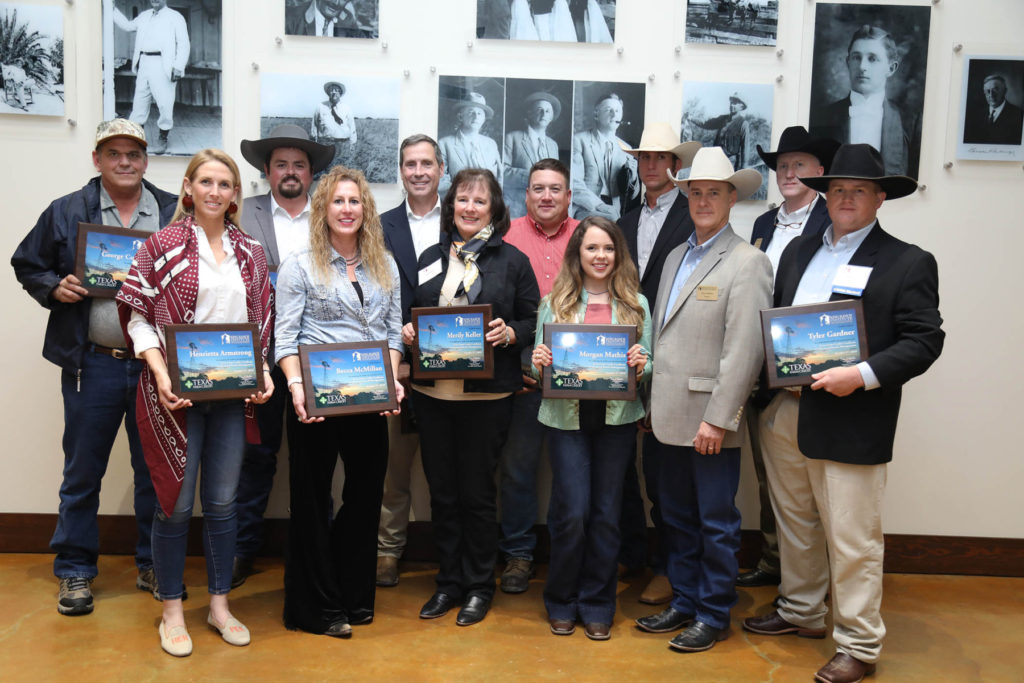
The final day of symposium began with Blach reviewing the last 25 years of the beef business, gleaning lessons learned and what implications they might have for the future. He indicated that a major shift has occurred that is reshaping the market – the move from a supply-driven to a demand-driven market. He highlighted a win-win challenge: economically aligning producers with consumer desires and demands. The corner on the global grain-fed beef market is owned by US producers. The focus must remain on the consumer, both domestic and global. If we continue to produce a high quality protein and effective tell its story, a world hungry for our product anxiously awaits.
A trio of presenters from the retail, packer, and feedlot sectors wrapped up symposium as they explained the profit drivers, challenges, and opportunities of their respective sectors. Molly McAdams of OM3 explained the business drivers and challenges in the retail sector, noting that marketing is generally one of the greatest drivers used by retailers. McAdams noted how the story of the beef supply chain becomes blurry between the producer and retailer and that even though there are many different ways to tell a story, we must tell a better one. Consumers want protein, said McAdams, yet beef still remains a mystery to consumers. Basic nutrient information call outs on packaging is essential for educating consumers, said McAdams.
Glen Dolezal, AVP, Technical Director and Beef Procurement for Cargill Protein discussed profit drivers and challenges for the harvest and packing segment of the industry. Sharing a common concern, he said, “Labor availability keeps packers awake at night.” Production efficiency (output per unit input) is the profit-driver in the packing industry. Economy of scale is a major factor and has contributed to packer profits in the modern beef industry. Dolezal commented on the improvement in quality grades, the wide Choice-Select spread and the possibility that Select might be the new standard.
Justin Gleghorn, Director of Value Management for Cactus Feeders, discussed the culture and business overview of Cactus Feeders and the feedlot’s challenges and opportunities for success. The challenges he highlighted include cattle supply volatility, grain basis and ongoing cattle health challenges. Paralleling other speakers, he pointed to strong consumer demand and the ability to add and market value to cattle as real opportunities for the US beef industry.

Attendees also enjoyed fellowship at the industry trade show that was open during the symposium. Exhibitors from agricultural lending and educational organizations, livestock nutrition companies, reproduction and technology companies, retail, and more made up the trade show of 28 exhibitors. A take-home message and wrap up was given by King Ranch General Manager of Ranching and Wildlife Operations Dave DeLaney. After the lunch sponsored by First State Bank of Uvalde was served, attendees enjoyed a tour of King Ranch to conclude the program.
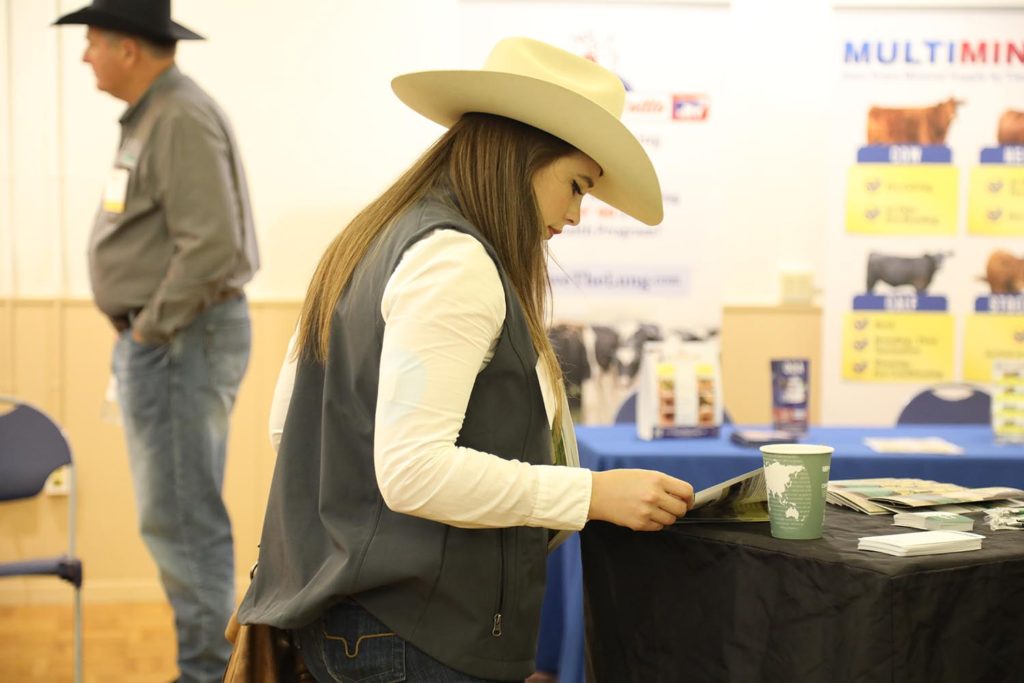
About KRIRM
Formed in 2003, KRIRM is a ranch management master’s program at Texas A&M University-Kingsville created in honor of the 150th Anniversary of the legendary King Ranch. As the only ranch management master’s program in the world, KRIRM teaches graduate students using a multi-disciplinary, systems approach to ranch management. The institute also provides the highest quality lectureships and symposia to stakeholders in the ranching industry through its event outreach component. For more information about KRIRM, visit krirm.tamuk.edu.
###
CONTACT: Ashley Patterson, ashley.charanza@tamuk.edu
